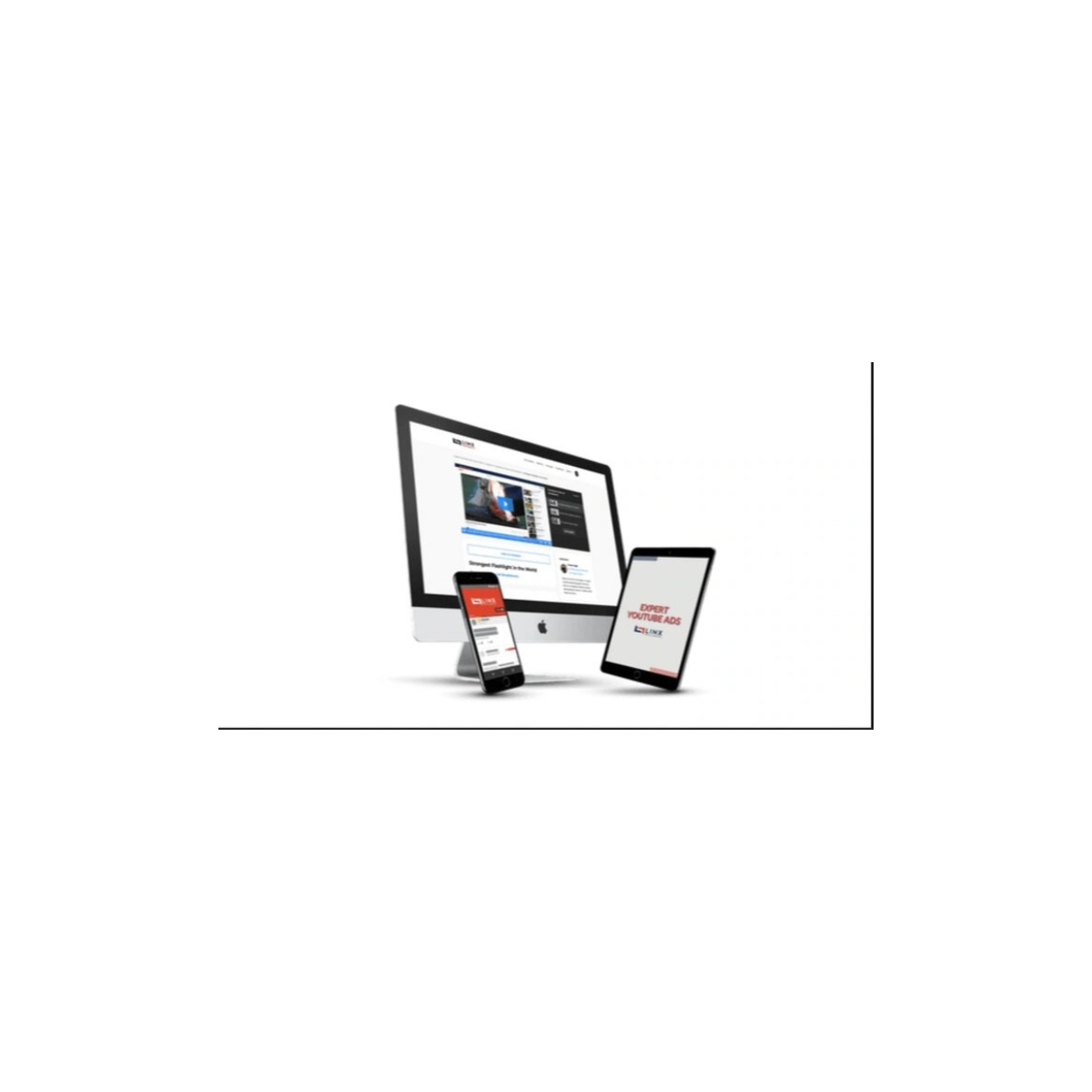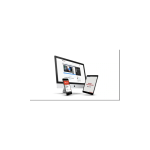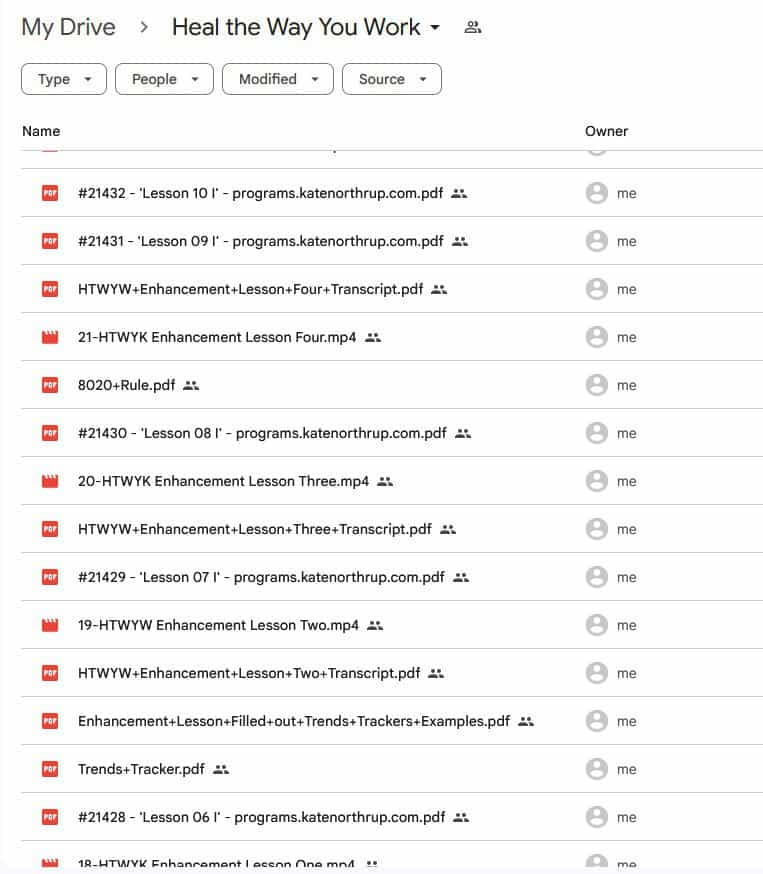Kate Northrup – Heal the Way You Work
$997.00 Original price was: $997.00.$75.00Current price is: $75.00.
Download Kate Northrup – Heal the Way You Work
Kate Northrup: Heal the Way You Work: An Original Approach to Career Wellness
Let us straight forwardly cut to the point. If you have ever silently pondered, “Is it really OK to hate Mondays this much?” or “Am I the only one who feels like their to-do list is a villainous hydra, sprouting more heads with every completed task?” then grab a chair. With Kate Northrup, best known for her revolutionary idea Heal the Way You Work, you are about to travel into a new paradigm of productivity.
Proofs
Whether you’re burned out from chronic busyness or looking for a richer, more harmonic relationship with your career, this in-depth guide explores Northrup’s game-changing approach, unpacks the science and stories behind it, and offers tested strategies for turning work from a cause of stress into vitality. Let’s get right to it (but keep the stress balls in the drawer; no spoilers, but you might not need them much longer).
Why do you work the way you do? The Burnout Epidemic and Our Path Forward
It’s a real crises, not just a buzzword. A 2023 Gallup study shows that about 76% of workers at least occasionally show burnout symptoms. More than three of four of us! Nor is it limited to tiredness. At work, persistent stress has been connected to:
Burned-out workers are 63% more likely to take a sick day and 2.6 times more likely to abandon their jobs, said Harvard Business Review.
Physical health is compromised; risk of heart disease, Type 2 diabetes, and immune system weakness rises.
Lowering of office morale and creativity
Now let me introduce Kate Northrup’s approach: Heal the Way You Work. Northrup sees burnout as a signal, an offer to realign your connection with work, not as a personal weakness or unavoidable result of hustling.
Meet Work Healing Pioneer Kate Northrup
If you know anything at all about personal development circles, Kate Northrup’s name probably comes to mind. She is an entrepreneur, best-selling author, mother who notably started a 7-figure company working less than 20 hours a week.
Her values? Success does not call for compromising health. With her basic concept, Heal the Way You Work, Northrup pushes people—especially the aspirational 35-ish crowd—to rethink productivity by aligning with body cycles, energy rhythms, and comprehensive self-care.
Though Not the Way You Think You might be ready to tune out at “do less.” Is this simply another “manifest your dream life from the bubble bath,” wishful thinking? Not really accurate.
Northrup’s work combines ancient knowledge, evidence-based study, and firsthand data from her hometown:
Strategic rest increases cognitive ability. Rest times significantly enhance memory consolidation and problem-solving capacity, according a 2019 study in Nature Neuroscience.
Compounding returns come from cyclical output. Northrup’s approach maximizes daily, weekly, and even monthly natural cycles—think of circadian rhythms, menstrual cycles, and energy ebbs and flows—rather than by grinding, by harmonizing.
“This is not about sloth,” she explains. Working with your body is more important than against it.
How might Kate Northrup improve your working style? The fundamental ideas
Heal the Way You Work is based on a set of numerous overlapping ideas that, when followed, promote personal flowering and career wellness.
First principle: respect your energy—not only your calendar.
Ever notice how some days you’re relentless and others creep by? That is biology, not just attitude. Northrup exhorts experts to design their work around their energy peaks and valleys.
Schedule creative or high-stakes work for your most alert times—usually 9 a.m. to 12 p.m. for morning types.
Night owls should welcome late-afternoon surges for intense work rather than battle their genetics.
Fact: Task matching with energy is linked by the American Psychological Association to a 30% boost in efficiency and a 25% drop in error rates.
Second principle: accept cyclicality.
Northrup’s original contribution is her focus on cyclicality—that we live in cycles rather than straight lines. Based on scientific studies on:
Our 24-hour body clock controls alertness, attention, even emotion.
Ultradian rhythms are: About ninety-minute cycles when we go from high to low energy
Menstruial cycles: For those who menstruate, Northrup offers a revolutionary productivity map that matches job responsibilities to hormonal changes.
Accepting these inner tides results in more intelligent calendar design. As an illustration:
Save brainstorming for your “Spring” week—the follicular phase.
During your “Autumn” week—the luteal phase—address administrative tasks.
Not only do those who menstruate benefit from cyclicality. Everybody’s body follows mapped and useful energy patterns.
Third principle: redefine productivity—ditch the hustle myth.
“You can’t heal what you can’t feel,” Northrup notes as one of her viral observations. This involves rejecting the hustle myth that connects busyness with value in working life.
Were you aware of? According to the Stanford University Productivity Study, efficiency falls significantly after 55 hours of work per week—that is, in line with a legendary 80-hour workweek? Besides being unsustainable, it is useless.
Rest and introspection help one to be creative and to develop critical thinking.
Fourth principle: Restrict the pedestal
Nothing is if everything is urgent; otherwise, Northrup advocates strong limits around time, digital tools, and even where meetings take place (pro-tip: “walking meetings” can inspire creative ideas while giving your brain a natural boost).
Data alert: Even on hybrid and remote schedules, a Forbes article reported a 33% increase in reportable job satisfaction when workers set clear “office hours.”
Making It Real: Tools and Strategies Inspired by Kate Northrup Fix the Way You Work.
If you find these concepts interesting, you are not alone; yet, wonder, “OK, but how do I really do this?”
Built for those of us approaching 35, managing careers, families, ambitions, and that fifth cup of coffee, let’s dissect a toolkit inspired by Kate Northrup.
1. Northrup’s creative twist is the body-calendar swap. Decide what and when to work on using your body, not your calendar.
Methodologies for trying:
Control Your Energy: Jot down two weeks’ worth of when you feel creative, concentrated, or depleted. observe trends.
Change Your Agenda: When you’re normally alert, use this information to cluster your most challenging job; save routine or administrative chores for energy declines.
Tell your management or team about your “focus blocks,” and see how results and teamwork fly.
Why waste time? Individualized work sprints, according to the NY Times, can increase output by up to forty percent.
Northrup’s “Do Less” planner (yeah, it’s a real thing) exhorts you to declare a strong “YES” to priorities that serve your long-term goal and a guilt-free “NO” to chores that exhaust you or don’t align.
Use this workout:
Make a list of all your upcoming weekly obligations.
Circle three “essential yes” exercises. All else is either deleted, delayed, or assigned.
Using this practice, over 10,000 Northrup community members claim to be regaining five to ten hours every week.
3. Transition Rituals (Work Doesn’t End with a Click)
Lack of rituals around beginning and finishing the workday is one burnout factor that is sometimes missed. Northrup advise:
Two minutes for a body scan or breath before logging in
A “done for the day” stroll, stretch, or meditation to mark end.
Cornell University research shows that these practices help to minimize after-hours job rumination by 23%, therefore lowering stress and improving general life satisfaction.
4. Monthly Review and Reset
Once a month (Northrup prefers the New Moon—but choose what speaks to you), go over your successes, challenges, and energy patterns. Set new objectives, welcome what is working and let go of what isn’t.
When Northup’s Heal the Way You Work students commit to this practice, they show faster professional development and greater degrees of self-compassion.
Tales from the Trenches: Change in Action
Liz, 37, worked in marketing for ten years but felt more and more disoriented even as her career shot upward. “I was constantly ‘on,’ with late-night emails, slack messages, consecutive calls. I was tired and agitated at home, she says.
After learning about Kate Northrup’s Heal the Way You Work, Liz started charting her energetic peaks, shielding attention blocks, and replacing emails with asynchronous updates. Three months ahead:
She tracked it and her “overwhelm” score reduced by 60%.
She worked on a creative project she had neglected for years using comp days.
Her manager pointed out better team morale.
Laughing, she says, “Healing the way I work healed my life, not just my inbox.”
The Science Says Numbers Are Not Lieful.
The North American workforce is more ravenous than it has ever been for transformation.
Gallup figures show only
Be the first to review “Kate Northrup – Heal the Way You Work” Cancel reply
You must be logged in to post a review.
Related products
All Courses
All Courses
Business
All Courses
All Courses
All Courses













Reviews
There are no reviews yet.